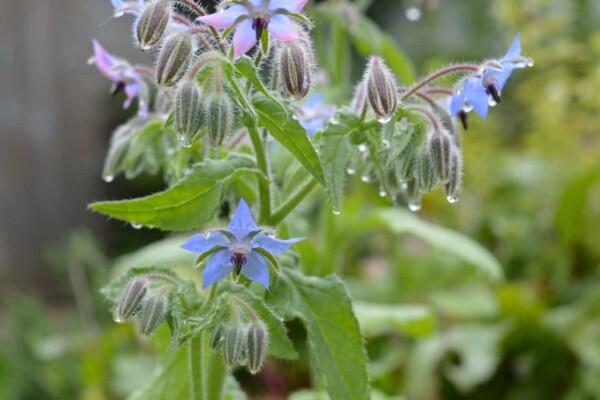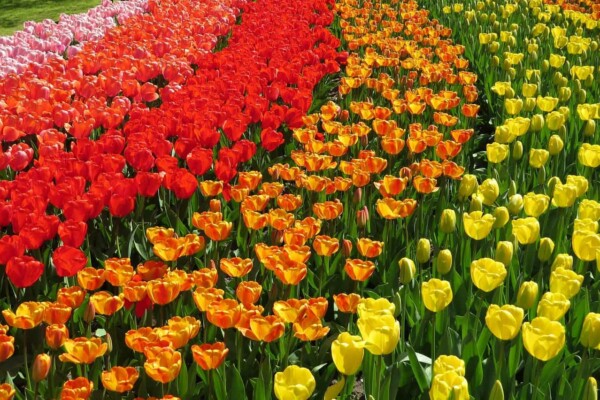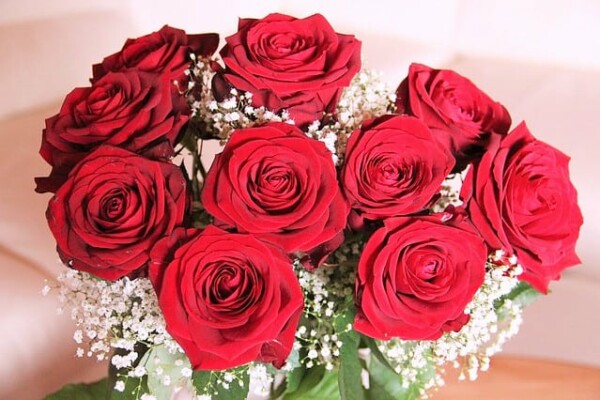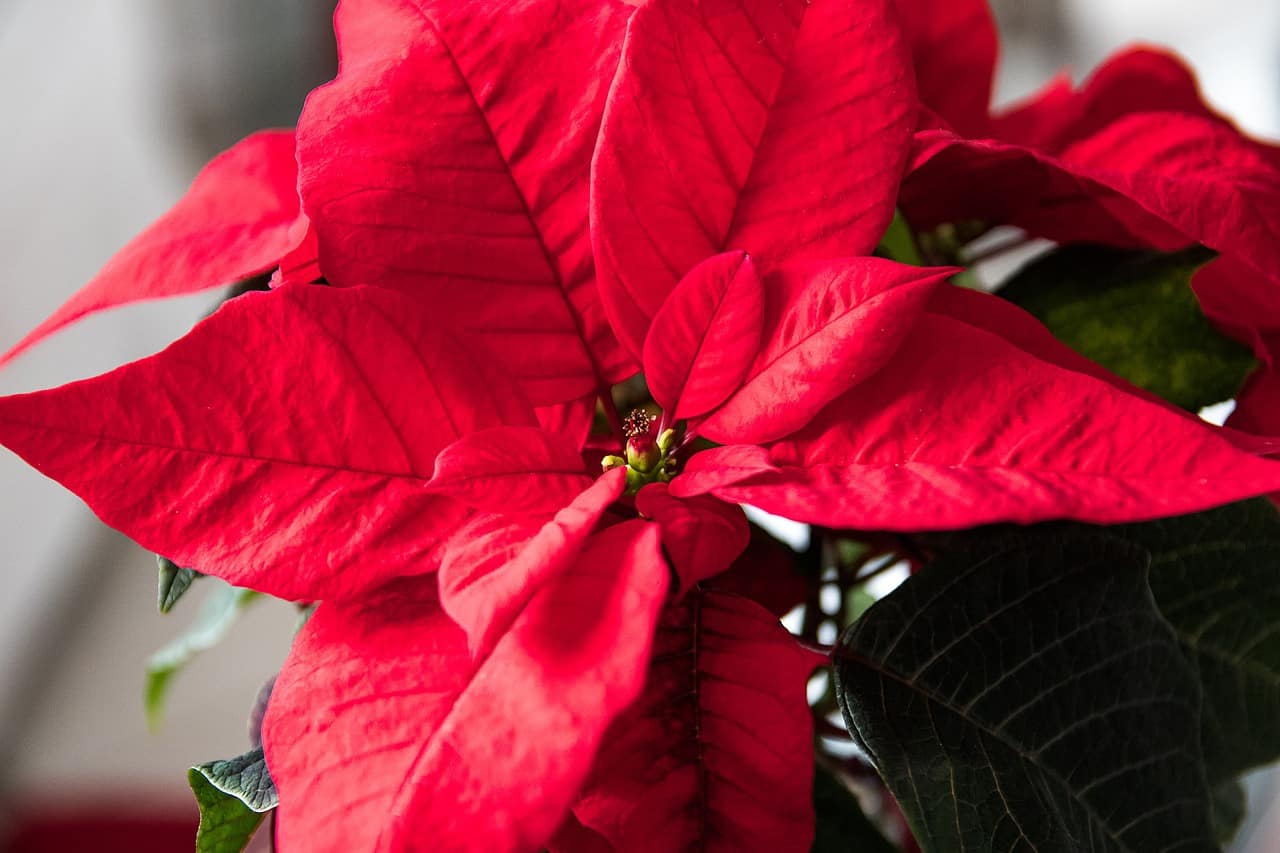
The winter season is mainly associated with Christmas trees, but there are other plants that are very popular during this time of the year. Whether it’s about some specific traditions in different parts of the world, or about decorative plants that are in great demand for the winter holidays, Christmas means more than Christmas trees and there is a whole range of plants used for the festive season.

1. The Christmas cactus
Christmas celebrated in the Southern hemisphere is quite warm, so don’t expect to see much snowy trees, even if it’s just artificial snow. A certain species of cactus, called Schlumbergera is a common houseplant in Africa, Australia and in some countries from Latin America. The cactus blooms in the winter and its flowers hang down being very similar to Christmas ornaments. It’s a plant species with fleshy leaves originating in Brazil, very much appreciated due to the special flowers in various colors, from white, pink, red, purple, violet to yellow and gold.
2. Holly
Holly berries that are used for decoration purposes around Christmas time are produced by approximately 400 species of holly (Ilex) that are growing in the wild all over the world. However, 80 Ilex species are currently threatened with extinction in the wild and are part of several programs designed to promote the conservation of this plant.
Holly is one of the most significant evergreen shrubs with spiky leaves, which has been used for Christmas decorations for centuries. It is a particularly decorative plant, whether it is in the form of a spectacular hedge or simply in the form of a bush, which remains permanently green, whether cut or not in a special form. Standard holly looks great in pots placed on the terrace or on the balcony, welcoming the winter with its beautiful green color.
3. Poinsettia
This plant originated from Mexico and Central America and now it’s one of the most recognizable Christmas plants, symbolic for the holiday season. Their unique character comes from the fact the red “flowers” are actually the leaves of the plant. In stores and flower shops it’s even possible to find poinsettia plants that are dyed in various colors or sprayed with glitter. Poinsettia is also known as “The Christmas Star”, because its leaves turn red around the holiday season.
Poinsettia is known to have been originally cultivated by the Aztecs in the Mexican wetlands. They used this plant to get red dye and to fight against fever. Later, in the 17th century, the Franciscans used the flowers in various religious ceremonies. In 1825, Joel Poinsett, the US Secretary of State in Mexico, was the one who introduced this flower to the US, and it was also named after him. Cultivation and popularization began in the 1960s, and soon the plant became indispensable in Christmas decorations.
Today, in Mexico, it is known as “Noche Buena”, in Guatemala and Spain as “Flor de Pascua” (Easter Flower) and in Peru and Chile as “The Crown of the Andes”. In Turkey, it is known under the name “Ataturk’s flower”.
4. Ivy
Ivy is cultivated usually as a decorative plant and is known for the look it creates to any environment, similar to wilderness. Although in other parts of the world ivy is part of the Christmas traditions, it’s not unusual to see it in Europe and in some parts of western Asia throughout the year, decorating the exterior of houses. Sometimes, it’s considered to be an invasive plant species, because it doesn’t require much to grow fast. However, ivy is also very useful because its nectar provides food for more than 70 species of insects and its berries are eaten by 16 bird species.
For Celts, Ivy was the Goddess who kept life throughout the harsh winter months, so this plant continued to be intertwined over the centuries with Christmas traditions, especially since the Christmas song “The Holly and the Ivy” was published in 1710.

5. Amaryllis
Red amaryllis are usually found in various Christmas centerpieces, but the plant can also be found in a wide range of colors, varying from white and pink, to orange, and in different patterns, including one that is very similar to a candy cane. It is also known as the “Christmas Lily” because it blooms exactly during the holiday season if it has been properly cared for.

6. Mistletoe
Asides from the well-known tradition of kissing under the mistletoe at New Year, the plant has been associated with love, peace and goodwill. Mistletoe has been used to decorate the house ever since the time of Druid rituals. It was considered a magical plant, also known as the golden branch. It has miraculous powers and a sacred significance in European folklore.
However, mistletoe species are semi-parasite plants that grow on trees and shrubs. Although it takes its water and mineral salts from the host, the mistletoe can produce carbohydrates by photosynthesis, with an energetic role in metabolism.
7. Radishes
Who could have imagined that radishes can be included on the list of plants used for the festive season? However, they are included in one specific tradition practiced in Oaxaca, Mexico. Before Christmas Eve, on the 23rd of December, there is a celebration called Noche de Rabanos, which means “Night of the radishes”. During this celebration, radishes are cut and carved into cultural or religious figures, especially those that are related to Christmas. This tradition has its origins in the colonial period when radishes were first introduced in Mexico by the Spanish.
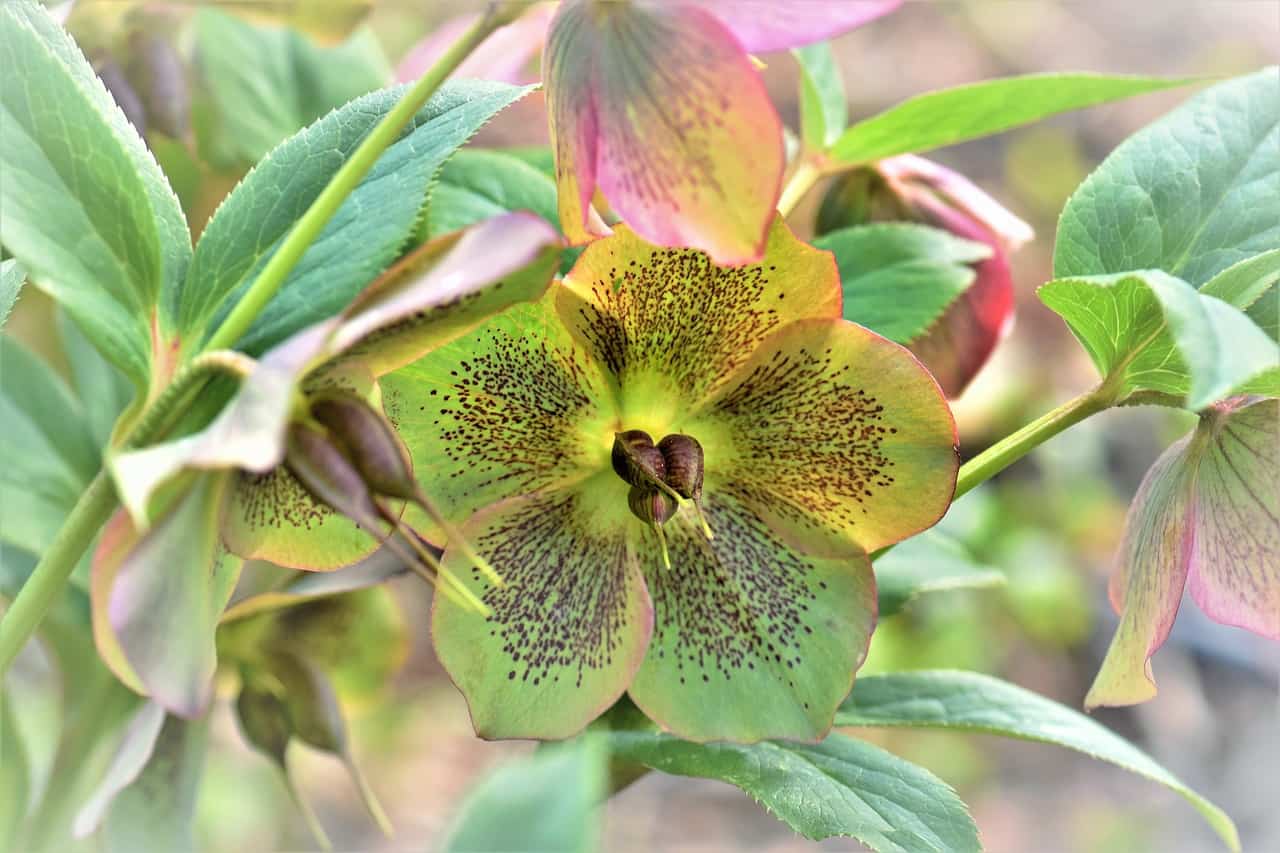
8. The Christmas rose
Despite its name, this is not actually a rose, but a hellebore that is very resistant to cold and frost. The legend says that the flower sprouted from the tears of a young girl (or a young shepherd in another variation of the story) that cried because she had no gift to bring to Jesus in Bethlehem. This is a protected species originated in the mountain regions, where it develops at an altitude of 1,900 meters. Its habitat extends from the Eastern Alps through Germany, Austria, Switzerland and Italy to the northern Balkans.
9. Wheat
Wheat sheaves are strongly related to some Christmas traditions from Eastern Europe. In Ukraine, for example, children search for the first star in the eastern evening sky, symbolizing the Christmas star that guided the three wise men towards Bethlehem. When they find it, the head of the household brings a wheat sheaf known as “didukh”, as a symbol of abundance, fertility and good harvest. The sheaf is then tied with a colorful ribbon or a thread and kept in houses as a decoration during the holiday season.

10. Cranberries
A festive favorite for centuries, cranberries are some of the plants used for the festive season. Native Americans used to mash up the fruit and mix it with dried deer meat and fat to make pemmican, a mixture that was considered a highly nutritious food during winter. Dutch and German settlers from the “New World” planted the first crop of cranberries. The fruit was used to create a natural dye for clothes, blankets and other fabrics. Now, cranberries are often found as a key-ingredient for the Christmas feast, in sauces and refreshing beverages.
So, these are 10 of the most popular plants used for the festive season in different parts of the world and without them, certainly Christmas and New Year’s celebrations would not be the same. Most plants are part of centuries-old traditions and there is no sign of them being replaced anytime soon in the festivities organized during the holidays.

